Splinterlands Token: What It Is and Why It Matters
When working with Splinterlands token, the in‑game cryptocurrency that powers the Splinterlands blockchain‑based collectible card game. Also known as SPS, it lets players buy, sell, and earn cards, stake rewards, and participate in the game’s economy. It sits on the Hive blockchain but is bridged to Ethereum as an ERC‑20, which means it can move between ecosystems and be used in DeFi wallets. If you’re curious about how a play‑to‑earn token fits into broader crypto trends, you’re in the right spot.
Like many game tokens, digital assets created for specific gaming platforms and often tied to unique gameplay mechanics, the Splinterlands token blends collectible value with real‑world utility. Because it follows the ERC‑20, the Ethereum token standard that defines how tokens can be transferred and interacted with, users can stake SPS on popular DeFi platforms, earn liquidity rewards, or swap it on DEXs like Uniswap. The token also interacts with NFTs, non‑fungible tokens that represent unique digital items such as Splinterlands cards, creating a bridge between gameplay and the wider NFT market. And because the community runs regular airdrop campaigns, new players often receive free SPS when they meet certain activity thresholds, echoing the broader trend of reward‑driven token distribution.
Key Features, Risks, and How to Get Started
The token’s main attraction is its play‑to‑earn model. Players earn SPS by winning battles, completing quests, or staking cards, turning time spent in the game into a tradable asset. This model has sparked interest from investors who see SPS as both a gaming utility and a speculative token. However, the price can swing with in‑game updates, market sentiment, and broader crypto volatility. Knowing the token’s supply dynamics—a capped total issuance and a burn mechanism tied to card upgrades—helps you gauge long‑term value.
To hold SPS safely, you’ll need a wallet that supports both Hive and Ethereum networks, such as MetaMask (for ERC‑20) or a Hive‑compatible wallet like Hive Keychain. Once you have a wallet, you can buy SPS on exchanges listed in LedgerBeat’s exchange reviews, or you can earn it directly in‑game. After acquiring SPS, many users provide liquidity on DEXs to capture additional fees, a practice known as “yield farming”. This turns a gaming token into a DeFi asset, illustrating how the token sits at the crossroads of gaming, NFTs, and decentralized finance.
Tokenomics matter a lot. SPS has a fixed maximum supply of 10 billion tokens, with roughly 2 billion already in circulation. About 30 % of the supply was distributed through early gameplay incentives, 20 % went to the development fund, and the rest is allocated for future ecosystem growth, staking rewards, and community events. Every time a player upgrades a card, a small portion of SPS is burned, slowly reducing the circulating supply and nudging price upward when demand stays steady.
Governance is another piece of the puzzle. SPS holders can vote on proposals that affect game balance, new card releases, or changes to the reward schedule. Voting power is proportional to the amount of SPS you stake, so active participants can shape the game’s direction. This democratic element links the token to real‑world decision‑making and gives long‑term holders a stake in the platform’s future.
The ecosystem extends beyond the core game. Marketplaces like Splinterlands Marketplace let users list cards as NFTs, set prices, and trade with peers. Price data for SPS is tracked on major aggregators, and many traders watch volume spikes during tournament seasons or special events. Because SPS can be paired with other DeFi tokens, you’ll often see it in liquidity pools alongside stablecoins, creating additional earning routes.
Regulatory eyes are on game tokens, especially as they blur lines between utility and security. In jurisdictions that treat in‑game assets as securities, SPS could face additional compliance requirements. That’s why staying informed about local crypto regulations—like the recent guidance in India or the evolving stance in the EU—helps you avoid unexpected hurdles.
Tools matter, too. Block explorers such as Hive Blocks let you trace SPS movements on the Hive side, while Etherscan does the same for the ERC‑20 version. Portfolio trackers like Zerion or LedgerLive can aggregate SPS balances across wallets, giving you a clear picture of your holdings and earnings.
Whether you’re a seasoned gamer, a DeFi enthusiast, or just someone curious about crypto‑driven economies, understanding the Splinterlands token gives you a window into how play‑to‑earn ecosystems are shaping the market. Below you’ll find deep dives on related topics— from wrapped tokens like WONE to tokenomics of emerging projects, exchange reviews, and airdrop guides— that can help you make smarter moves with SPS and similar assets.


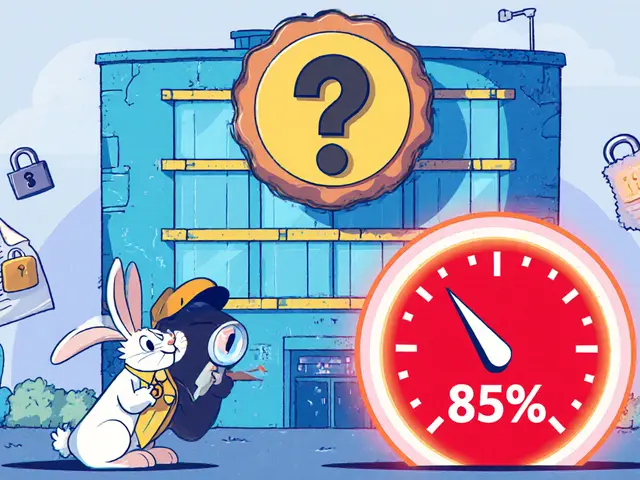
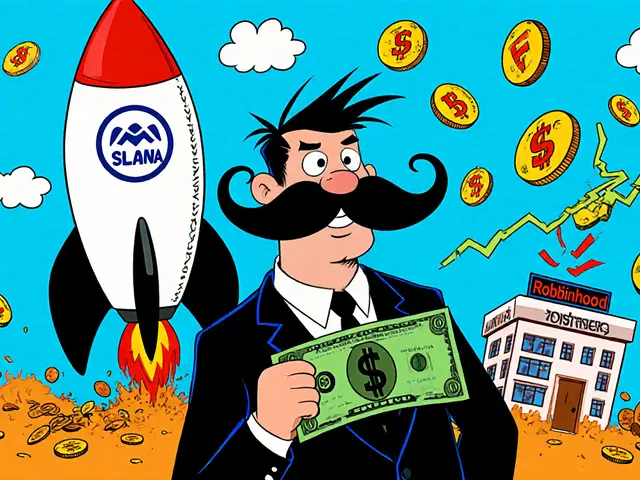
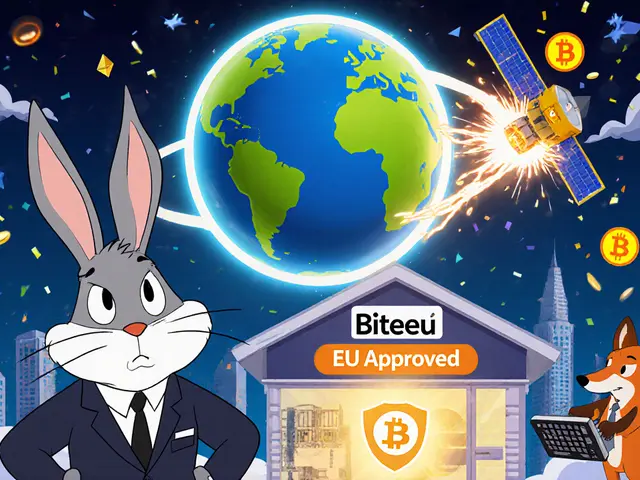
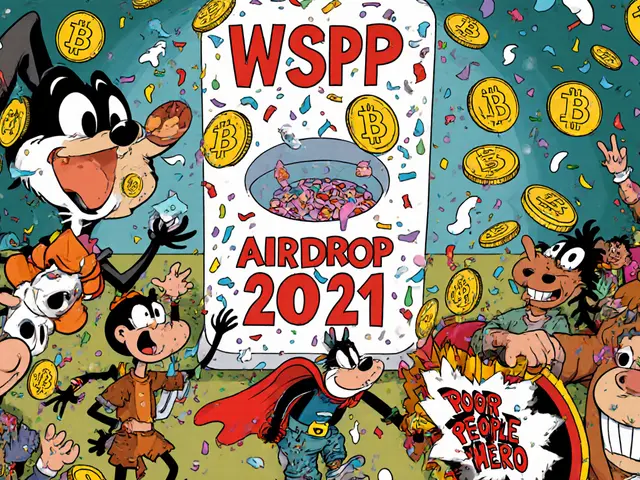
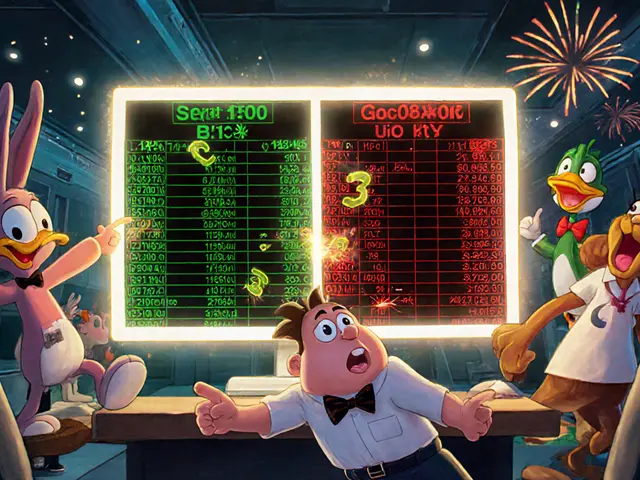
Categories